Chapter 14
Slavery in the Antebellum U.S.: 1820–1840
By Boundless
Slavery was a form of forced labor existing as a legal institution from the colonial period until the mid-nineteenth century.
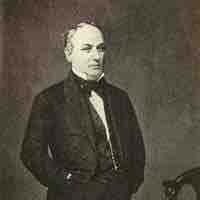
Proponents of slavery argued that it protected slaves, masters, and society as a whole.

The "Plain Folk of the Old South" were a middling class of white farmers who occupied a social rung between rich planters and poor whites.
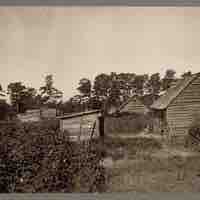
Treatment of slaves was characterized by degradation, rape, brutality, and the lack of basic freedoms.
Slave codes were laws that were established in each state to define the status of slaves and the rights of their owners.
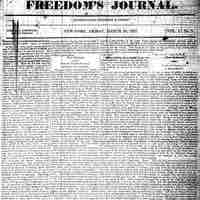
Free blacks were an important demographic in the United States, though their rights were often curtailed.

In many Southern households, the way in which slaves were treated depended on their skin color or on their relation to white individuals in the home.
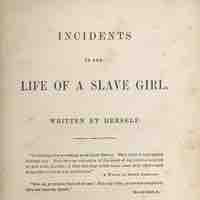
The sexual abuse of slaves was a common occurrence in the antebellum South.

Slave codes and slaveholder practices often denied slaves autonomy over their familial relationships.
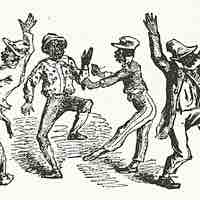
Blackface minstrelsy, which portrayed African Americans in stereotyped, troubling ways, was the first distinctly American theatrical form.
African slaves engaged in many forms of resistance, from organized uprisings to the practice of their own native culture.
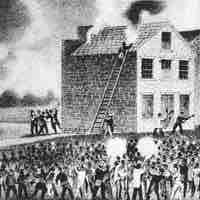
By 1805, most Northern states had passed laws calling for either immediate or gradual abolition.

The Underground Railroad was a network of secret routes and safe houses used by nineteenth-century slaves to escape to free states and Canada.